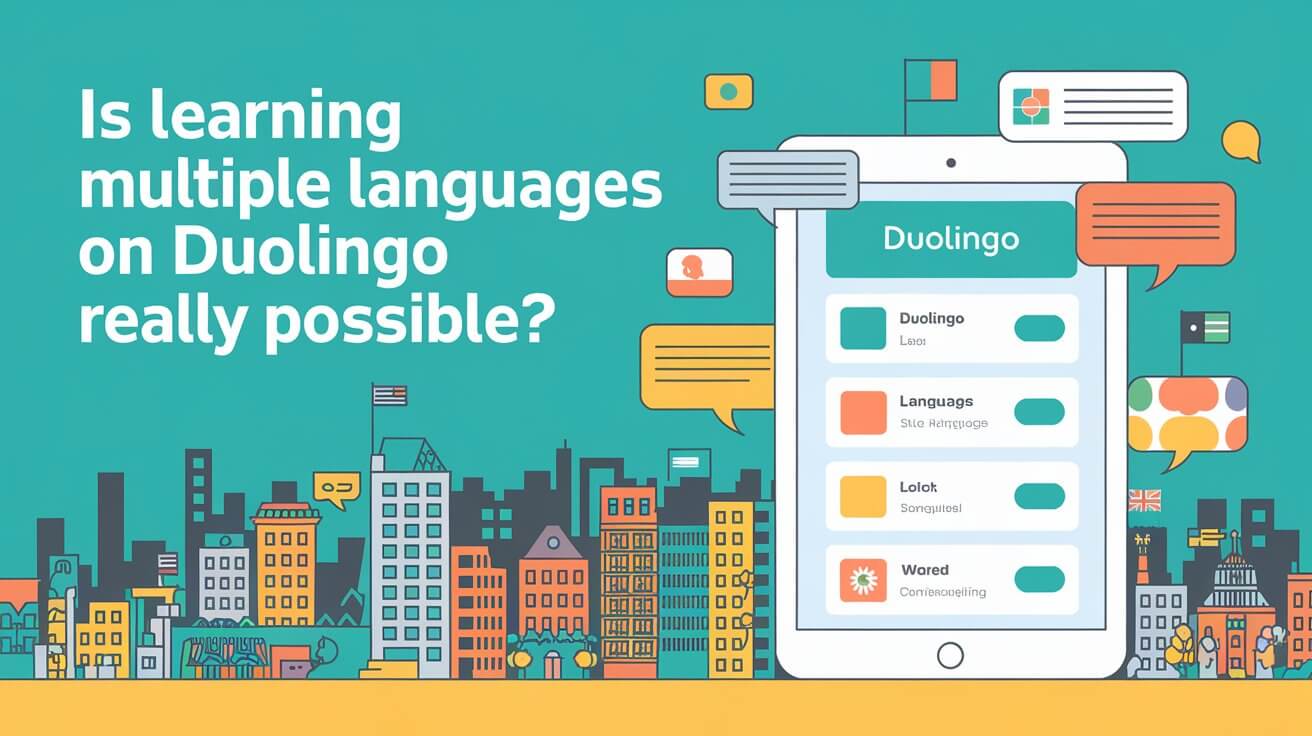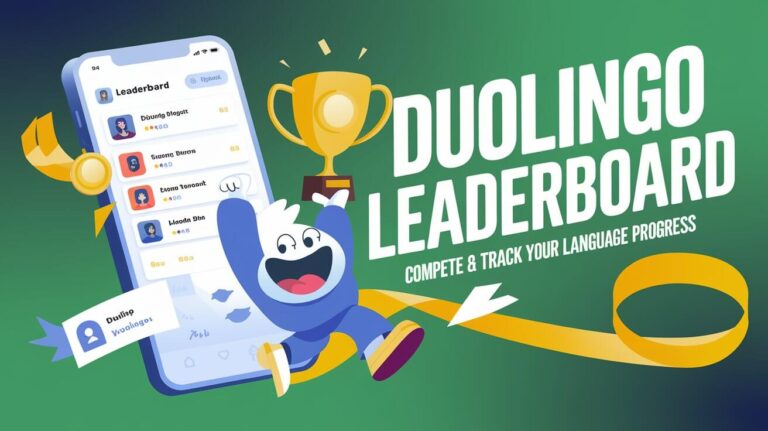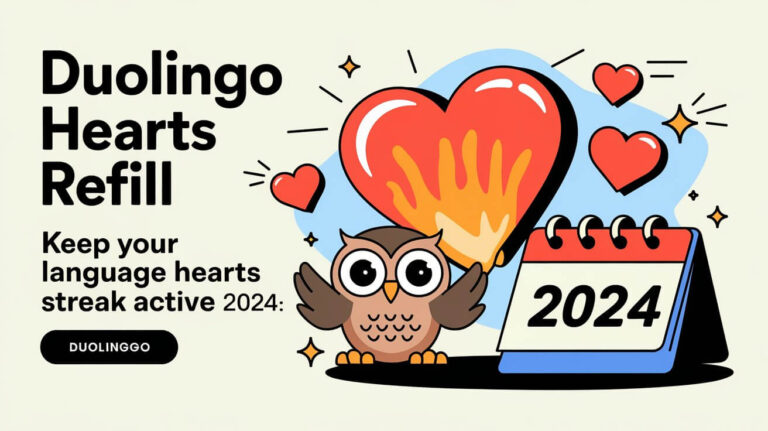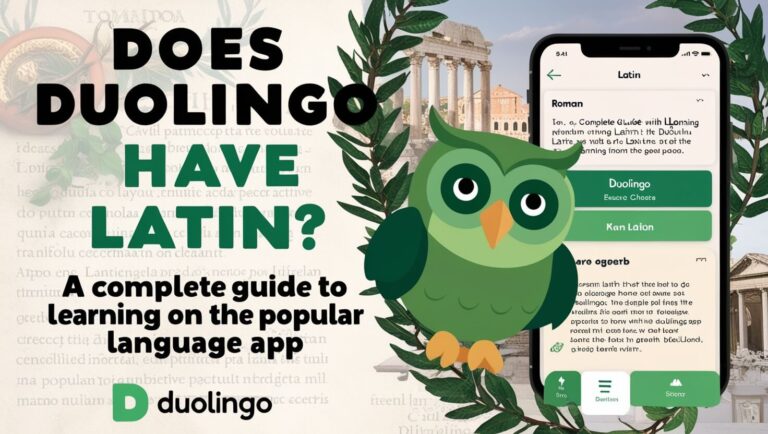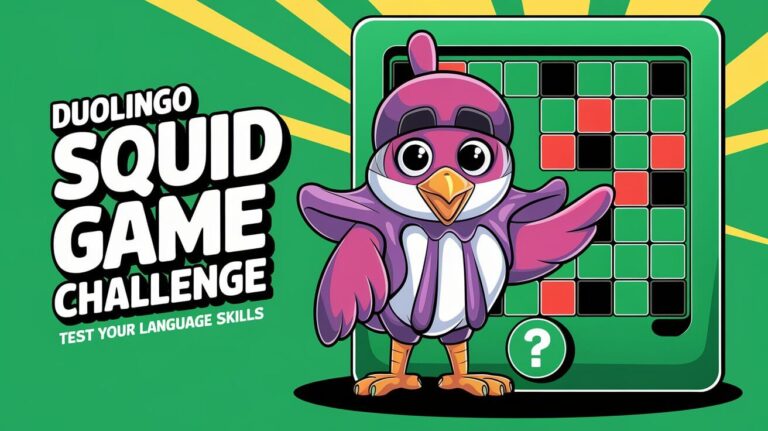The world is getting more connected, and learning many languages is more important than ever. Duolingo, a top language app, makes learning languages easy. But, can you really learn more than one language at a time on Duolingo?
Mykhaylo Zakryzhevskyy, a language learning fan, says yes. Duolingo has courses for over 40 languages. It lets learners aim to master the six UN official languages: Arabic, Chinese, English, French, Russian, and Spanish.
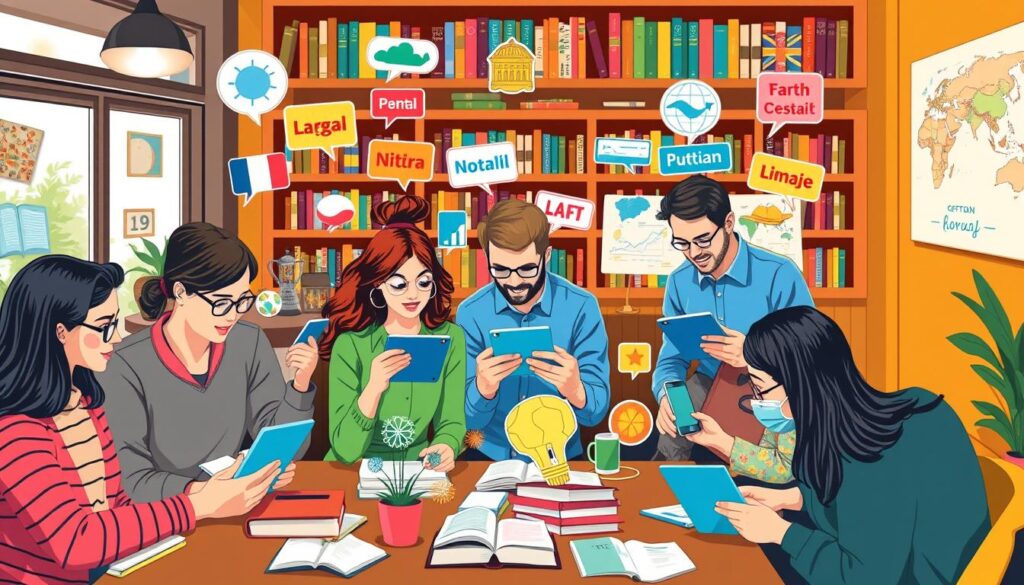
Key Takeaways
- Duolingo offers the ability to learn multiple languages simultaneously.
- The goal of mastering the six official UN languages is a challenging yet achievable target.
- Studying multiple languages can provide cognitive benefits and increase cultural awareness.
- Choosing languages that align with personal interests and cultural affinities can help maintain motivation.
- Consistent effort and a well-structured study routine are key to succeeding in multilingual learning on Duolingo.
The Brain’s Remarkable Ability to Learn Multiple Languages
The human brain is very adaptable and can learn many languages at once. Studies show that it can store and process different languages in the same areas. At first, there might be some mix-up between languages. But with more practice, the brain gets better at linking ideas with words in each language.
How Your Brain Juggles Multiple Languages
People who speak many languages get good at switching between them. This skill takes time to develop. The brain’s flexibility helps learners manage studying multiple languages at the same time.
Learning a third language can be easier because of a better understanding of language. This includes using effective learning strategies and having more confidence. It also helps to have a larger working memory.
Research also shows that learning two languages at once can make you better at the second one. A study on 72 Chinese students found that those learning two languages did better in English. They showed more skill in writing.
Learning many languages is a remarkable ability with many benefits. By understanding how the brain handles this, learners can improve their language skills.
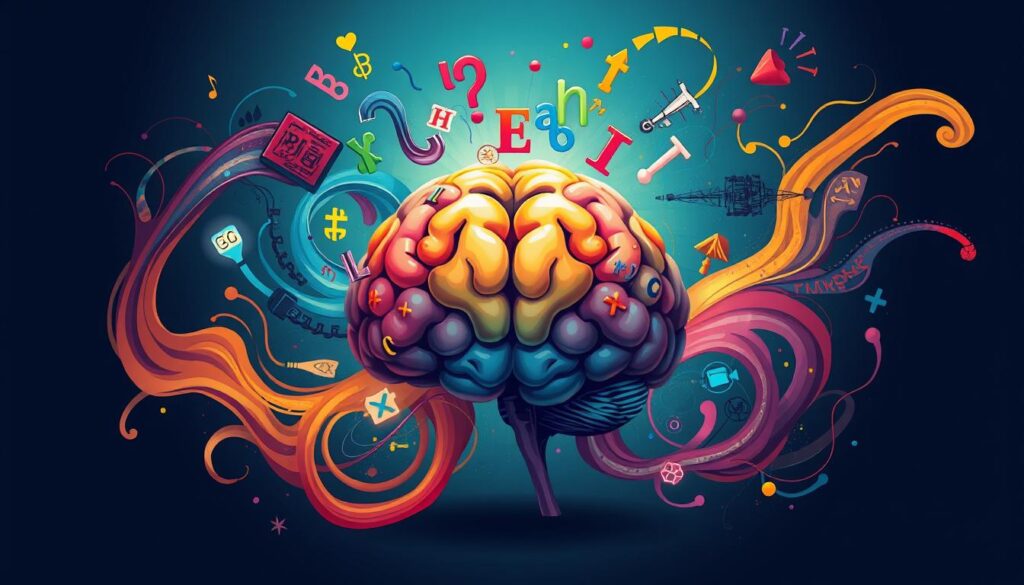
“The student managed to reach a B1 level in Lithuanian in just one month, which typically requires one to two years of classroom study.”
Tips for Simultaneously Learning Languages on Duolingo
Learning multiple languages on Duolingo at the same time is doable with the right strategy. Start by doubling your study time to keep up with each language. It’s also smart to give one language a head start before adding another.
To avoid mixing up your languages, study each one in its own space. Use flashcards for one language and Duolingo for the other. This helps keep things clear. Also, practicing one language with the other can really help.
Sticking to a routine and getting enough practice is crucial. Don’t worry about making mistakes. Use language exchange partners or tutors to help you improve. Remember to take breaks and stay positive to keep up the good work.
Using these tips for learning multiple languages on Duolingo, strategies for learning languages simultaneously on Duolingo, and effective ways to study multiple languages on Duolingo, you can become a multilingual person. This opens up new opportunities in your life and career.
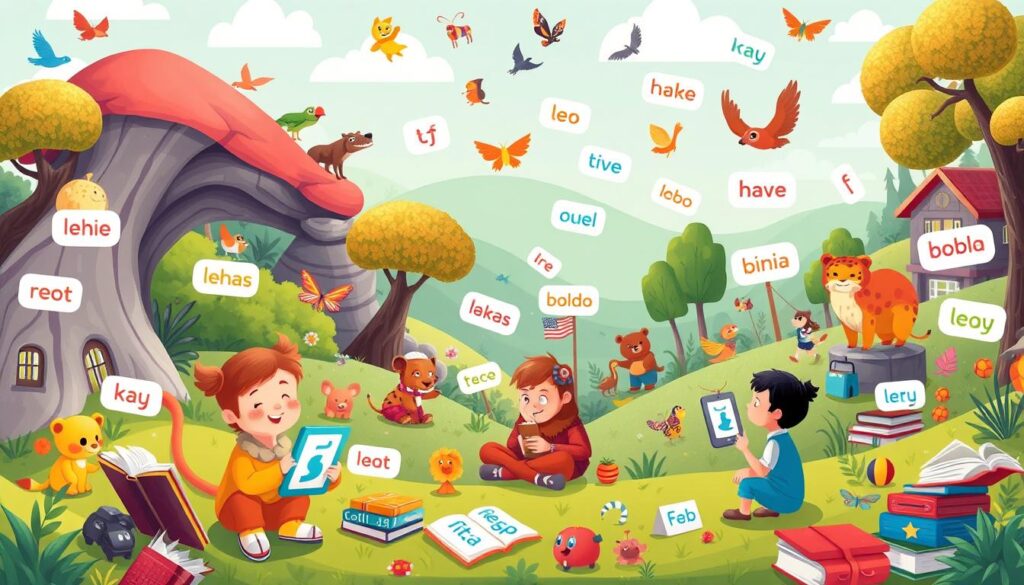
“The more languages you know, the more of a person you are.” – Tomáš Garrigue Masaryk
can you learn more than one language on duolingo
Yes, you can learn multiple languages on Duolingo. The app lets you switch between languages and save your progress. It’s great for trips, work, or just learning new languages.
Duolingo makes it easy to add new languages and switch between them. This flexibility helps you learn at your own pace. You can focus on what you want to learn.
But, switching languages too often might not be the best idea. Experts say it’s better to focus on one language at a time. This helps you learn better and avoid getting confused.
So, it’s all about finding a balance. Use Duolingo’s features to learn multiple languages, but don’t switch too fast. Start with one language and then add more. With planning and discipline, you can learn many languages on Duolingo.
| Feature | Description |
|---|---|
| Language Switching | Duolingo allows users to seamlessly switch between language courses and save progress in each one separately. |
| Multi-Language Support | The app offers over 40 language courses, enabling learners to study multiple languages simultaneously. |
| Personalized Learning | Users can tailor their language studies to their individual needs and goals by adding and removing languages as needed. |
| Consistency Recommendation | Language experts advise focusing on one language at a time to avoid confusion, before transitioning to another. |
Duolingo is great for learning many languages. Use its features wisely and follow good learning practices. This way, you can become proficient in many languages and open up new opportunities.
The Joy of Being a Polyglot
Being a polyglot means speaking many languages fluently. It opens up a world of opportunities and brings joy. Learning multiple languages boosts your brain and helps you appreciate different cultures.
While it’s tough, mastering several languages is very rewarding. It’s a journey that language learners find fulfilling.
Becoming a Language Learning Enthusiast
Polyglots love exploring different ways to communicate. They gain deep insights into various cultures. Olly Richards, who speaks eight languages, shares his passion through StoryLearning® and books. John Fotheringham also shares his knowledge on language immersion and hosts a podcast with language experts.
These enthusiasts stress the importance of knowing why you want to learn a new language. They say it’s key to keep practicing every day. While apps can help, they’re not the only way to become multilingual.
The real joy is in speaking many languages fluently. It lets you switch between them easily.
Some people naturally learn multiple languages. Others, like someone who learned English, French, and German, face challenges. But with love for learning, the rewards are amazing.
Elisa Polese, who has studied over 25 languages, teaches 13 of them. She compares languages to help learners see their differences and similarities. This approach lets people learn in ways that suit them best.
The joy of being a polyglot is personal growth and cultural enrichment. It’s about overcoming challenges and celebrating victories. This journey opens up new opportunities and brings fulfillment.
Seamless Language Switching on Duolingo
Duolingo makes it easy to switch between languages. Whether you’re exploring switching between languages on Duolingo or using Duolingo’s language switching capabilities, it’s smooth and quick.
Duolingo is great for learning many languages at once. You can add new languages and switch between them easily. Your progress in each language is saved, so you won’t lose your hard work.
This flexibility is perfect for those who love learning languages. But, it’s best to focus on one language at a time. Switching too often can confuse you and slow your progress.
“Duolingo’s seamless language switching capabilities allow me to explore my passion for languages without losing track of my progress. It’s a remarkable tool that has transformed my language learning journey.”
Duolingo’s switching between languages on Duolingo and managing multiple languages on Duolingo features are very helpful. They let you tailor your learning to your goals. Whether you want to learn one language or many, Duolingo helps you achieve your goals.
Final Verdict
Learning multiple languages on Duolingo is not just possible; it’s rewarding and enriching. Our brains can handle many languages, thanks to Duolingo’s easy-to-use platform. This makes it a great choice for those in Canada who want to learn many languages.
By following the tips in this article, you can study several languages at once. This approach helps you make faster progress and enjoy the benefits of being multilingual.
Duolingo makes it easy to switch between languages and learn them together. It’s perfect for anyone wanting to explore new languages. The platform’s fun gameplay and test prep features help users improve their skills, no matter their level or goals.
Even though Duolingo isn’t a full replacement for classes or immersion, it’s still a valuable tool. It helps learners in Canada grow their language skills and open up new opportunities. Duolingo’s wide range of languages and personalized learning make it a great choice for anyone starting their multilingual journey.
Frequently Asked Questions
Can you learn more than one language on Duolingo?
Yes, Duolingo lets you learn multiple languages at once. It offers courses in over 40 languages. This way, you can study several languages on the same platform.
How does the brain handle learning multiple languages at once?
Our brains are amazing at storing and processing different languages. At first, there might be some confusion. But with regular practice, the brain gets better at linking ideas with words in each language.
What are some tips for effectively learning multiple languages on Duolingo?
To learn multiple languages well, double your study time. Start with one language and then add another. Make sure to immerse yourself in each language during study sessions. Also, practice one language by using it to help learn the other.
How does Duolingo support learning multiple languages?
Duolingo makes it simple to switch between languages and keep your progress. You can add new languages anytime. Switching between them won’t affect your previous work.
What are the benefits of becoming a polyglot (someone who speaks multiple languages fluently)?
Being a polyglot brings many benefits. It opens up new cultural experiences and career opportunities. Learning multiple languages is challenging but rewarding. It leads to personal growth, intellectual stimulation, and cultural enrichment.
How can I manage switching between languages on Duolingo?
Duolingo makes switching languages easy. But, don’t switch too often to avoid confusion. Focus on one language for a while before moving to another. This is especially true if you have a specific goal or event in mind.

